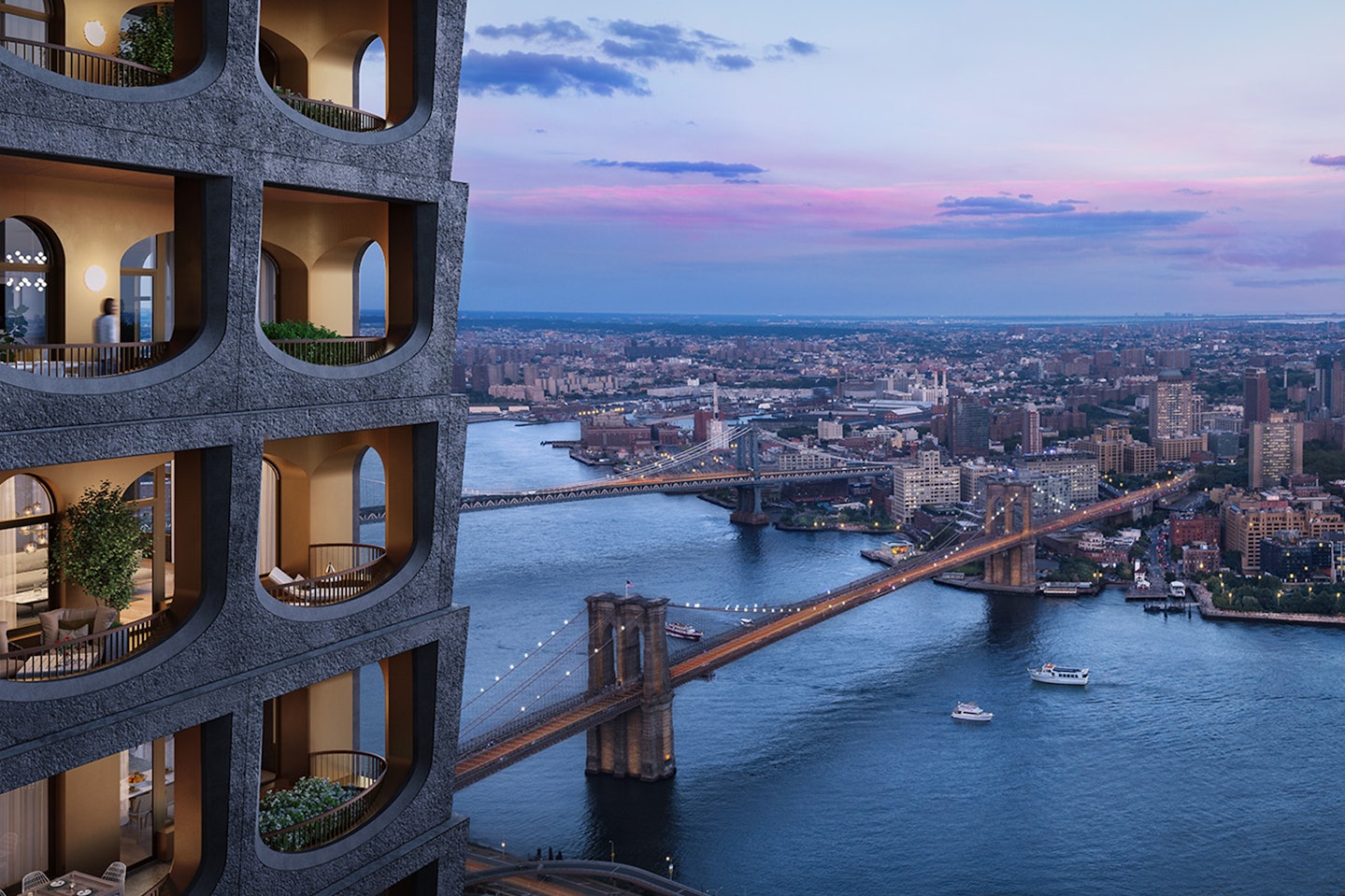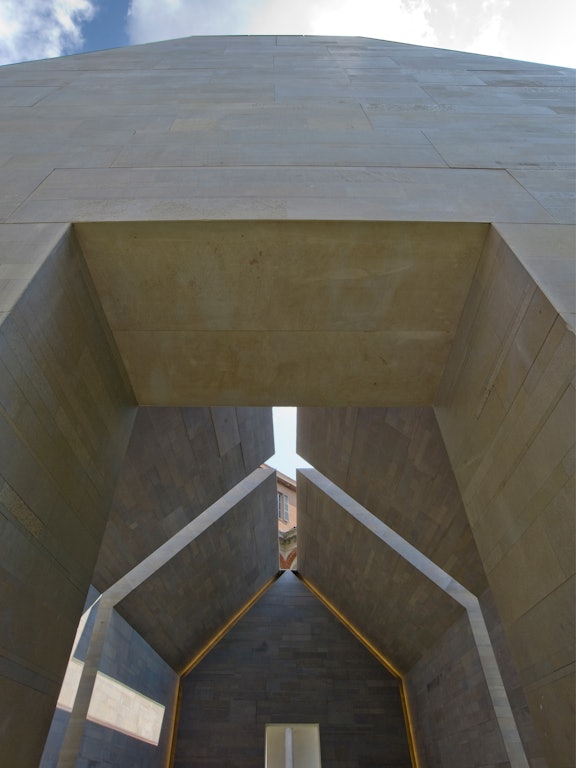Architecture and legacy of innovation
03.2022
Collaborations with leading architects have become a cornerstone of the Salvatori brand. From 2010’s ‘House of Stone’ by John Pawson, which built a minimalist house out of recycled stone during Milan’s design week, to partnerships with distinguished names such as Kengo Kuma, Piero Lissoni and Vincent Van Duysen. Salvatori has evolved into a secret weapon of sorts to the architecture industry, drawing the world’s leading minds to our Tuscany atelier to develop original stonework for their projects across the globe.
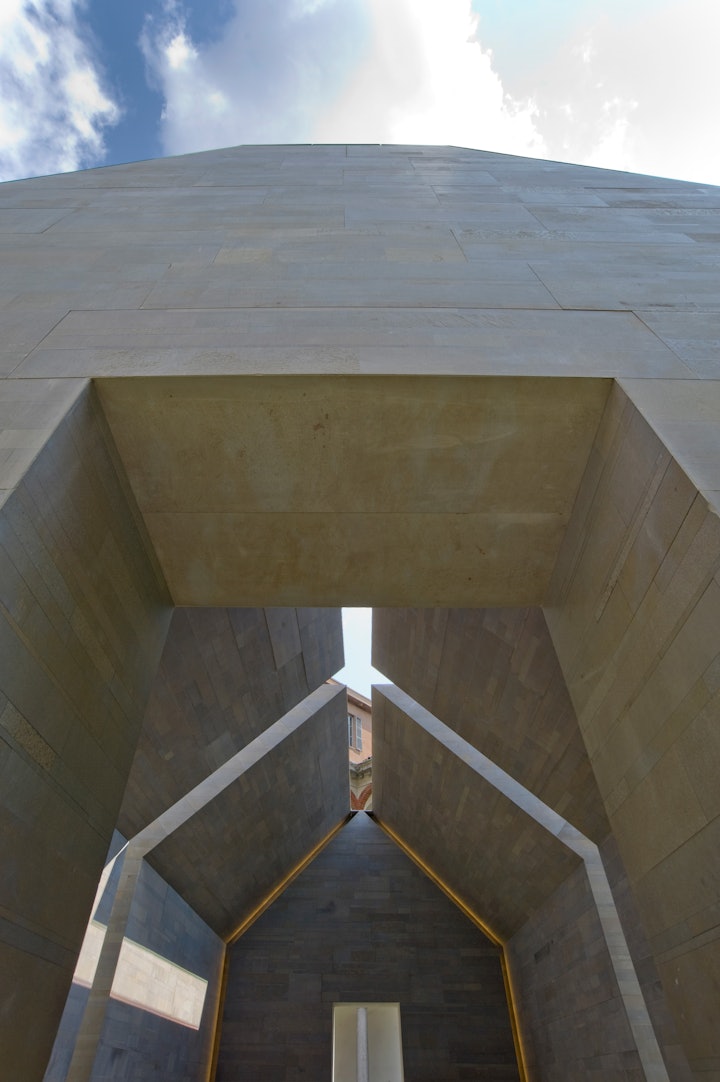
“We allow architects and developers not just to play with a certain stone,” Gabriele explains of the company’s technical potential, “Salvatori is capable of producing their ideas, to make their creative dreams a reality.”
In 2019, Salvatori was chosen to collaborate with renowned architect David Adjaye on his 130 William Street project in Manhattan; Adjaye’s first skyscraper and Salvatori’s largest project to date. The pairing allowed Salvatori’s research team to flex its innovative muscle, working tirelessly with Adjaye’s team to bring the project to life.
Discussing the project at an event in New York, Senior Director Marc McQuade described the experience of working together with Salvatori as a mix of ancient technique and contemporary technological innovation. “Gabriele and his company have a really interesting combination of being both very classical — he has master craftsmen and quarrymen and people reaching back three generations — but also very forward-thinking. It seems very simple, but technically it’s something that nobody else really does, which is have texture. It sounds very basic, but it’s that level of detail that sets them apart. It’s that level of technical detail that we have been collaborating on and working on that’s really subtle and elegant,” McQuade told the crowd.
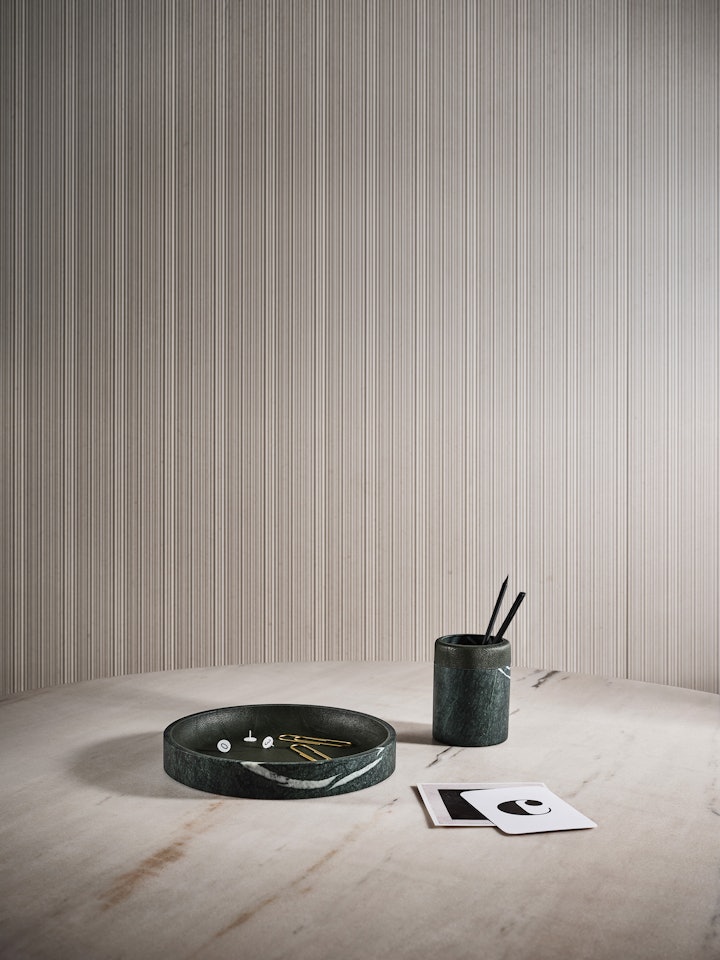
“When I first saw the rendering of the building I thought, this is going to change the global architectural perspective, as well as the New York architectural scene,” Gabriele explains of the groundbreaking project, which swaps out the ubiquitous glass facade for a series of elegant loggias in composite stone, “In the past 10 years we’ve seen so many glass buildings all over the world. Glass doesn’t allow designers to do something creative. You can just change the shape of the building. You don’t see the same level of details that were inherent elements of buildings like the Lincoln Center or the Seagram Building.” Always one to look forward, he describes the opening of 130 William Street as a turning point in contemporary architecture, as architects retreat from the glass facade and return to texture, detail and natural materials.
130 William Street also harkens back to another pivotal moment, for both the company and the American architectural scene at large.
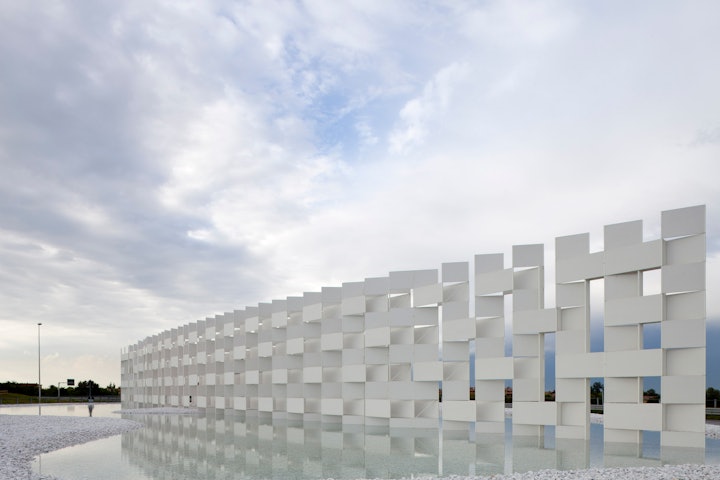
“In the 1950s, when everyone was producing shiny surfaces for their buildings, my father invented a novel technique,” explains Gabriele, speaking about the company’s history of innovation in architecture. “He invented a system with a type of guillotine, which split the stone in a natural way, so all of the organic veins were visible inside.” Throughout the decade, Salvatori enveloped half the facades in Italy with the products of their unconventional process, but the trailblazing company was always destined for bigger things.
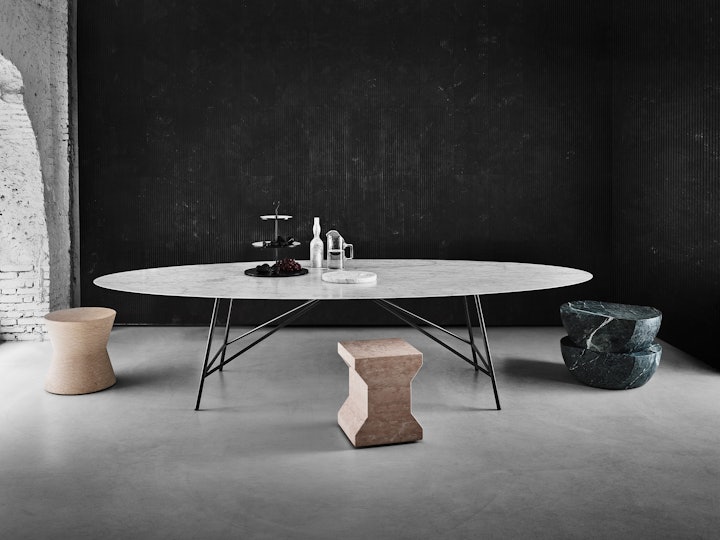
“It was specified for the Museum of Modern Art in Los Angeles,” Gabriele continues, describing the monumental task of covering the sprawling, 22,000 sqm building with the minuscule tiles, “but they were impossible to glue one by one.” Mr Salvatori had to think cleverly — and fast. His solution was to adhere a grid of tiles to a burlap sack using a weak glue, then affix them to the building en masse, washing off the glue afterwards. The solution worked perfectly and Salvatori’s reputation as a powerhouse of creativity and purveyor of stunning natural stone was cemented in history.
Raised within this culture of innovation, almost 60 years later that spirit has endured under Gabriele’s direction. “For me, just selling slabs was never going to be interesting,” he describes of his desire to push the company’s creative boundaries, “I’ve always had a great love for architecture, as well as design.” Though 130 William Street may have been brought to life more than half a century after the Museum of Modern Art in Los Angeles, together they represent the unbroken thread of creativity and innovation that has come to define Salvatori.
